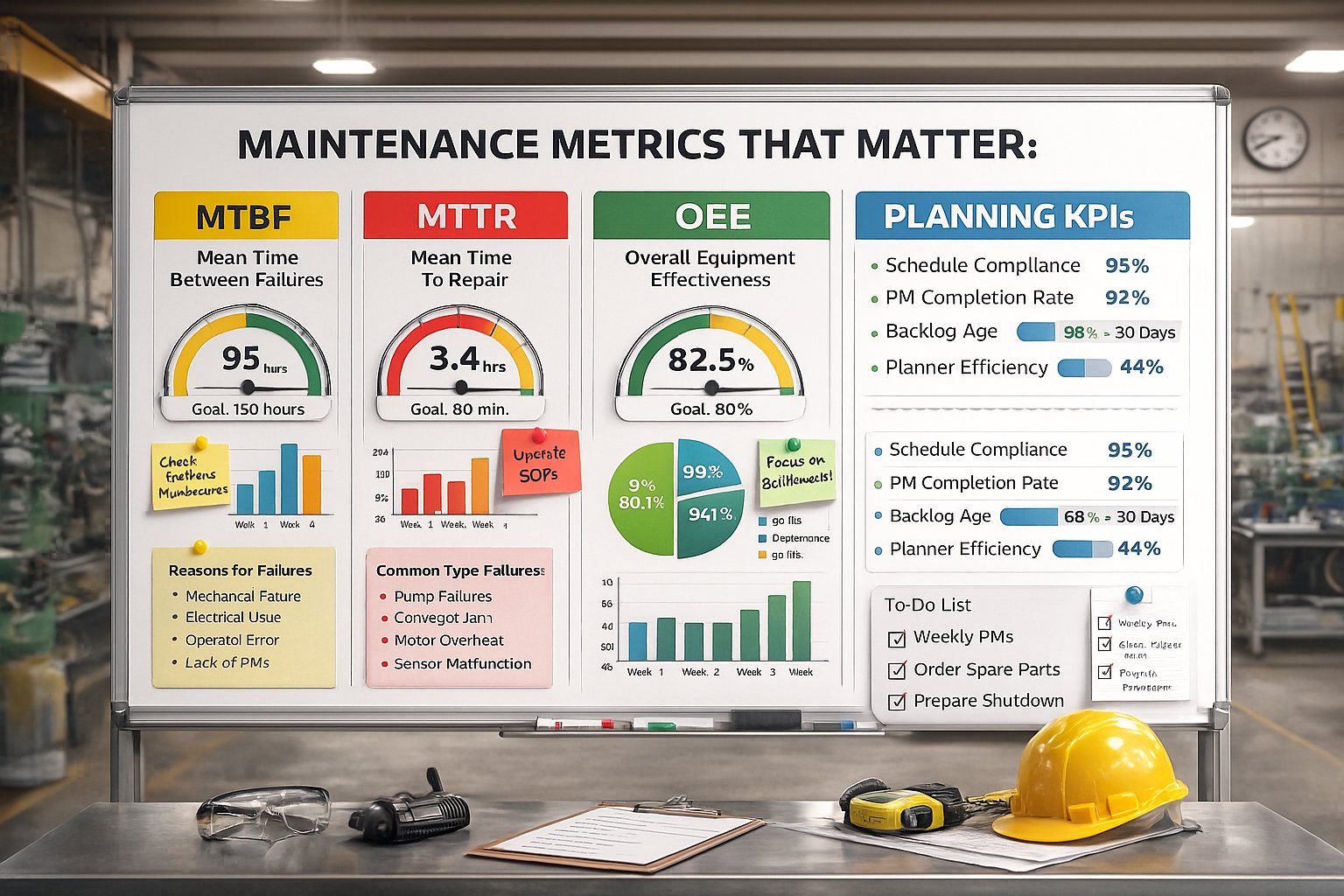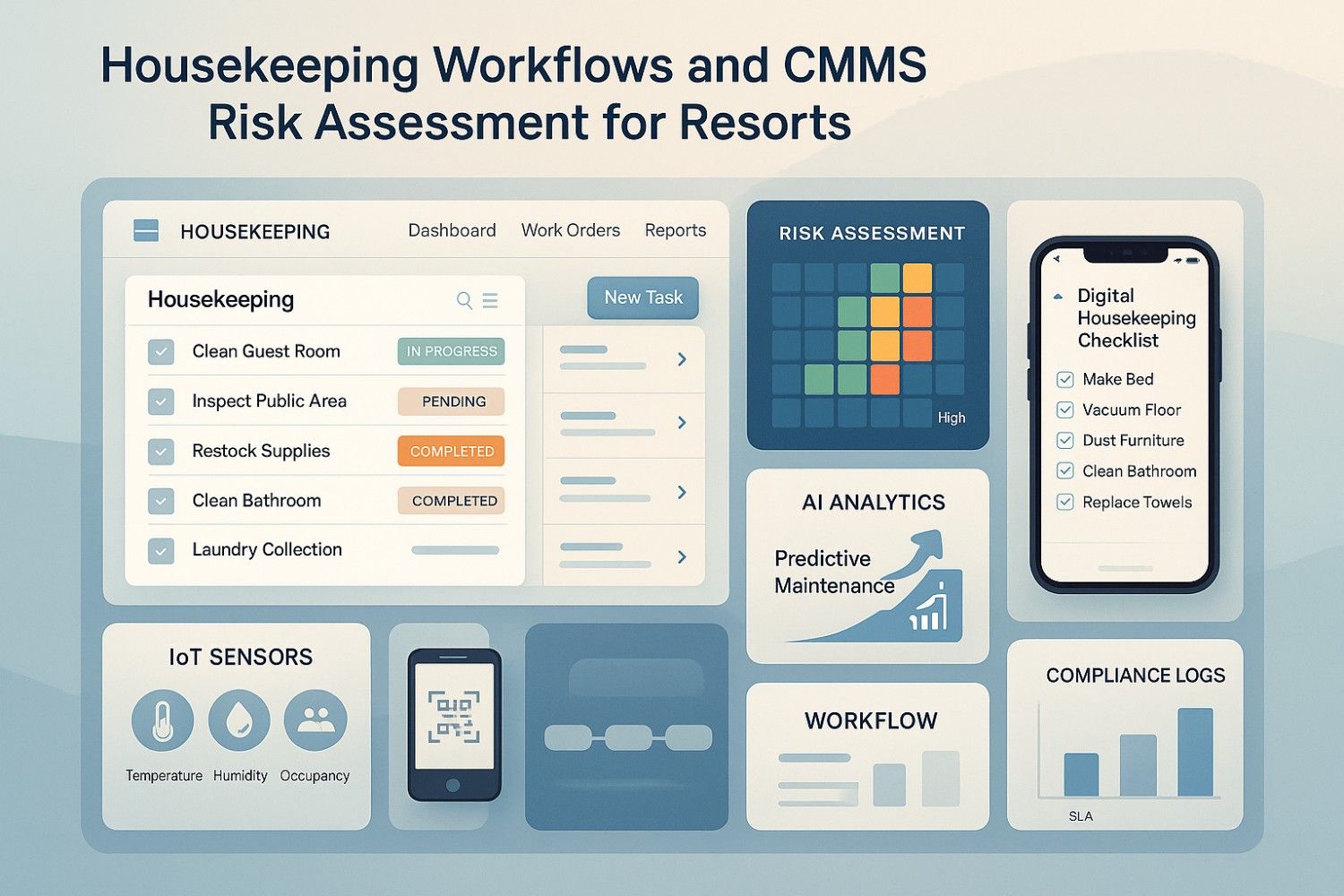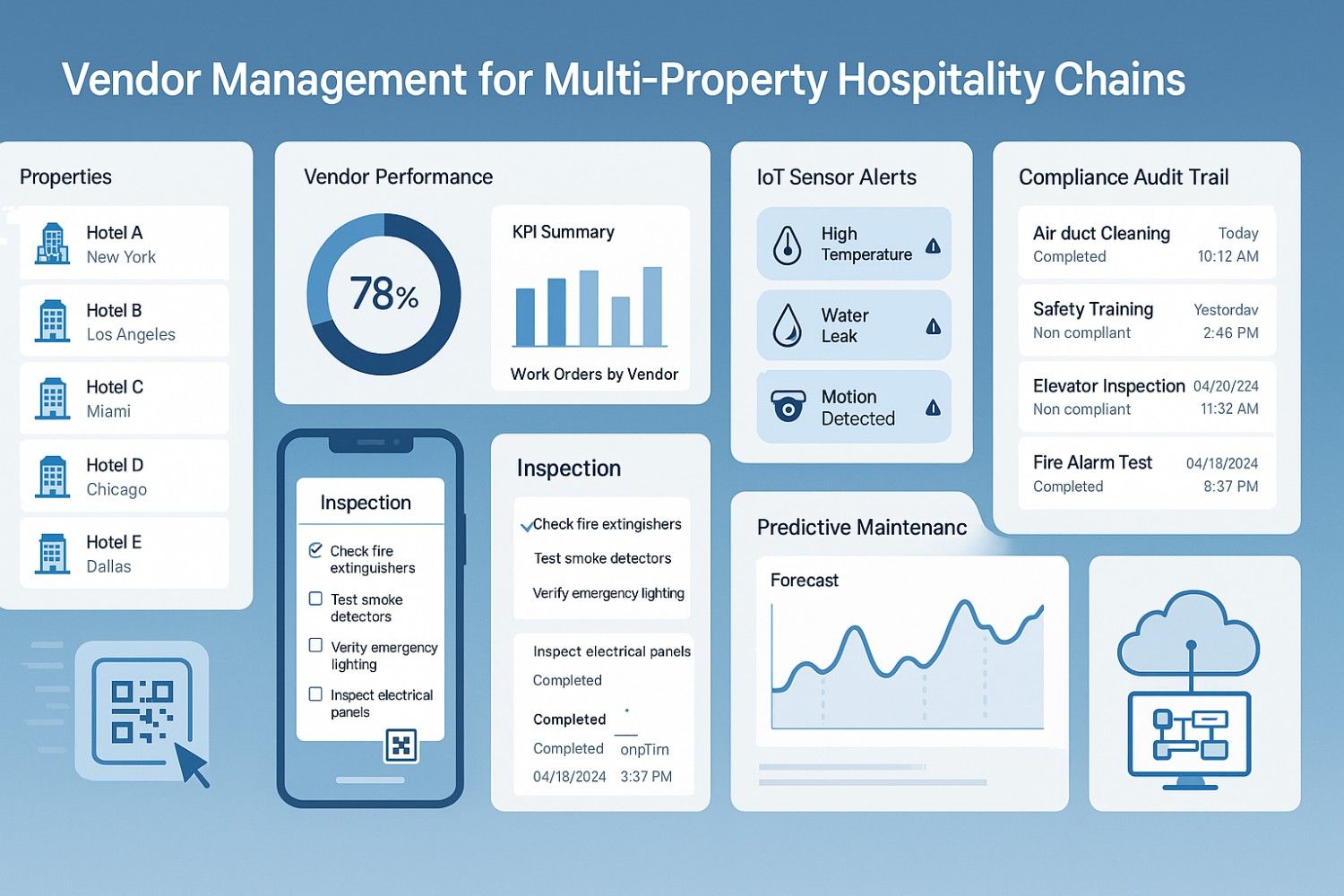Your chief medical officer walks into the quarterly compliance meeting with a concerning report: "We failed two Joint Commission standards during last month's survey, and our CMS documentation gaps could trigger a $2.3 million penalty." You review the compliance tracking spreadsheet—127 requirements across multiple regulatory bodies—but struggle to identify which gaps pose the highest risk and require immediate attention. Without systematic compliance management and clear implementation priorities, you are essentially playing regulatory roulette with your healthcare facility's reputation and financial stability.
This scenario unfolds in healthcare facilities nationwide as organizations struggle to maintain compliance across increasingly complex regulatory requirements. The average healthcare system now manages 400+ compliance requirements from Joint Commission, CMS, OSHA, and state agencies, with penalties for non-compliance averaging $3.2 million annually for mid-sized facilities.
Healthcare organizations with comprehensive compliance programs achieve 95% survey success rates while reducing compliance-related penalties by 85% compared to those using reactive, checklist-based approaches. The key lies in understanding regulatory priorities, implementing systematic monitoring processes, and building organizational capabilities that ensure sustained compliance excellence.
Ready to eliminate compliance gaps and protect your facility from costly penalties?
Don't let regulatory violations threaten your healthcare facility's financial stability. Our proven compliance management system has helped over 500 healthcare organizations achieve 95% survey success rates while reducing penalties by 85%. Take the first step toward bulletproof compliance today.
Start Your Compliance TransformationSchedule Your Strategy Session
Understanding the 2025 Healthcare Compliance Landscape
Effective healthcare compliance requires mastering an interconnected ecosystem of federal, state, and accreditation requirements that continuously evolve. These regulations extend far beyond basic safety standards to encompass quality metrics, patient rights, data security, and financial integrity that fundamentally shape healthcare delivery operations.
Regulatory complexity has increased 40% since 2020, with new requirements added quarterly while existing standards undergo continuous refinement. Organizations focusing solely on meeting minimum requirements typically achieve only 60-70% compliance effectiveness compared to those implementing comprehensive compliance cultures.
Joint Commission Standards
Patient safety goals, quality measures, and performance improvement requirements. Focus on medication management, infection control, and patient identification with zero-tolerance enforcement.
CMS Conditions of Participation
Medicare and Medicaid certification requirements covering governance, quality assurance, and patient care standards. Non-compliance results in immediate payment suspension.
OSHA Healthcare Standards
Workplace safety requirements including bloodborne pathogen control, hazard communication, and emergency preparedness. Violations average $15,000 per citation.
HIPAA Privacy and Security
Protected health information safeguards and breach notification requirements. Recent penalties average $2.2 million for healthcare organizations.
State Licensing Requirements
Facility licensing, professional credentialing, and reporting obligations varying by jurisdiction. Critical for maintaining operational authority.
Quality Reporting Programs
Value-based purchasing, readmission reduction, and hospital-acquired condition penalties. Direct impact on Medicare reimbursement rates.
Integration between compliance domains significantly amplifies risk exposure. Deficiencies in one area often trigger cascading violations across multiple regulatory frameworks, potentially resulting in survey failures, payment suspensions, and legal liability.
Compliance technology adoption has become essential for managing regulatory complexity. Organizations using automated compliance monitoring achieve 30-40% better outcomes while reducing administrative burden by 50% compared to manual tracking systems.
Joint Commission Essential Requirements by Domain
Joint Commission standards represent the gold standard for healthcare quality and safety, with survey outcomes directly impacting accreditation status and public perception. Understanding priority requirements enables focused preparation and resource allocation for maximum compliance effectiveness.
Performance improvement requirements emphasize data-driven quality enhancement rather than reactive problem-solving. Organizations implementing robust PI programs demonstrate 25-30% better survey outcomes while achieving superior patient safety metrics.
| Standards Domain | Critical Requirements | Common Deficiencies | Compliance Priority |
|---|---|---|---|
| Patient Safety Goals | Medication reconciliation, fall prevention, infection control | Incomplete documentation, process gaps | Immediate Action Required |
| Medication Management | Storage, labeling, administration verification | High-alert medication protocols | Critical Focus Area |
| Infection Prevention | Hand hygiene, isolation protocols, surveillance | Compliance monitoring, education | High Priority |
| Performance Improvement | Data collection, analysis, action plans | Systematic approach, follow-through | Ongoing Requirement |
| Medical Staff Standards | Credentialing, privileging, peer review | Documentation completeness, timeliness | Administrative Focus |
| Environment of Care | Safety management, emergency preparedness | Risk assessments, maintenance records | Facility Management |
Survey preparation requires year-round readiness rather than intensive pre-survey efforts. Organizations maintaining continuous survey-ready status report 40% less stress and 60% better survey experiences compared to those using traditional preparation approaches.
Documentation standards have evolved toward outcome demonstration rather than simple policy compliance. Surveyors increasingly focus on evidence of implementation effectiveness and sustained performance improvement rather than policy existence.
Tracer methodology requires seamless integration between departments and disciplines. Successful organizations prepare through regular internal tracers that simulate survey conditions while identifying improvement opportunities before external evaluation.
CMS Requirements and Financial Impact
Centers for Medicare & Medicaid Services requirements directly impact financial sustainability through conditions of participation, quality reporting, and value-based purchasing programs. Non-compliance threatens both immediate revenue and long-term reimbursement optimization.
Quality reporting programs have evolved from voluntary initiatives to mandatory requirements with substantial financial implications. Organizations failing to meet reporting requirements face automatic 2% Medicare payment reductions, while high performers earn bonus payments up to 2% above base rates.
CMS Compliance Implementation Framework
Conditions of Participation represent fundamental operational requirements for Medicare and Medicaid participation. Violations can result in immediate termination of provider agreements, effectively ending healthcare operations for most facilities.
Quality Reporting Programs
40+ quality measures across multiple programs affecting up to 4% of Medicare payments through penalties and bonuses
Value-Based Purchasing
2% of Medicare base payments at risk based on quality performance compared to national benchmarks
Readmission Reduction
Up to 3% penalty for excess readmissions in targeted conditions affecting millions in potential revenue
Hospital-Acquired Conditions
1% payment reduction for hospitals in worst-performing quartile for preventable complications
Meaningful Use/PI
Medicare payment adjustments for electronic health record adoption and meaningful use demonstration
Price Transparency
$300 per bed daily penalties for non-compliance with price posting requirements
Data accuracy and submission timeliness are critical success factors often overlooked in compliance planning. Late or inaccurate submissions automatically trigger maximum penalties regardless of actual performance levels.
Quality improvement initiatives must demonstrate sustained performance rather than temporary gains. CMS programs increasingly emphasize year-over-year improvement and consistency rather than achieving minimum thresholds.
Implementation Strategies and Best Practices
Successful healthcare compliance requires systematic approaches that integrate regulatory requirements into daily operations rather than treating compliance as separate activities. The most effective organizations embed compliance thinking into clinical workflows, administrative processes, and quality improvement initiatives.
Technology-enabled compliance monitoring provides real-time visibility into performance gaps and trending issues. Organizations leveraging automated dashboards and alerts achieve 50% faster identification and resolution of compliance issues while reducing administrative burden.
Proven Compliance Excellence Strategies
- Implement daily compliance monitoring preventing 80% of survey citations
- Establish multidisciplinary compliance committees improving coordination 60%
- Deploy staff education programs achieving 95% compliance awareness levels
- Create standardized documentation reducing survey preparation time 50%
- Develop internal audit programs identifying 90% of deficiencies proactively
- Build vendor management ensuring 100% contracted compliance support
- Establish performance dashboards enabling real-time compliance tracking
- Create compliance culture through leadership engagement and accountability
Leadership engagement represents the most critical success factor in compliance programs. Organizations with visible executive commitment to compliance achieve 70% better outcomes while experiencing 50% fewer compliance-related incidents.
Staff education and competency validation ensure consistent implementation across all departments and shifts. Compliance awareness programs typically improve survey performance by 30-40% while reducing individual staff anxiety during surveys.
Vendor and contractor compliance management extends organizational responsibility to external partners. Comprehensive vendor compliance programs prevent 60% of third-party compliance issues while ensuring consistent standards across all service providers.
2025 Healthcare Compliance Trends
- Increased focus on social determinants of health and health equity measures
- Enhanced cybersecurity requirements and breach prevention protocols
- Expanded telehealth regulations and remote care compliance standards
- Artificial intelligence governance and algorithmic bias prevention requirements
- Climate resilience and environmental sustainability compliance mandates
- Advanced patient safety technologies and automation oversight requirements
Continuous improvement processes ensure compliance programs evolve with changing requirements and organizational needs. Regular assessment and optimization typically improve compliance effectiveness by 20-25% annually while reducing total compliance costs.
Documentation management systems must balance comprehensive record-keeping with efficient access and retrieval. Modern compliance platforms reduce documentation burden by 40% while improving audit trail completeness and survey readiness.
Conclusion
Healthcare compliance in 2025 requires sophisticated understanding of interconnected regulatory requirements, systematic implementation processes, and organizational commitment extending far beyond basic checklist compliance. The most successful healthcare organizations achieve 95% survey success rates while reducing compliance penalties by 85% through comprehensive compliance cultures that integrate regulatory excellence into daily operations.
Understanding the compliance landscape reveals that regulatory complexity continues increasing while enforcement becomes more rigorous and financially consequential. Comprehensive programs must address Joint Commission standards, CMS requirements, federal regulations, and emerging compliance domains while building organizational capabilities for sustained excellence.
Strategic implementation combines technology-enabled monitoring, staff education, leadership engagement, and continuous improvement processes. Success requires treating compliance as a core competency rather than administrative burden, with clear accountability and regular assessment.
Building effective compliance programs requires comprehensive assessment, priority-based implementation, and sustained organizational commitment. Technology platforms enable efficient monitoring and reporting while human factors determine actual compliance effectiveness and culture development.
The 2025 healthcare environment rewards proactive compliance management while severely penalizing reactive approaches. Success requires balancing comprehensive coverage with practical implementation, leveraging technology while maintaining human oversight, and treating compliance as competitive advantage rather than regulatory burden.
Ready to build a compliance strategy that ensures regulatory excellence while protecting your bottom line?
Stop playing compliance roulette with your healthcare facility's future. Join the 500+ healthcare organizations that have transformed their compliance management and eliminated costly penalties. Our proven system delivers measurable results within 90 days, with most clients seeing ROI within the first quarter.
Secure Your Compliance Future NowSee Live Demo & Get Custom Strategy









